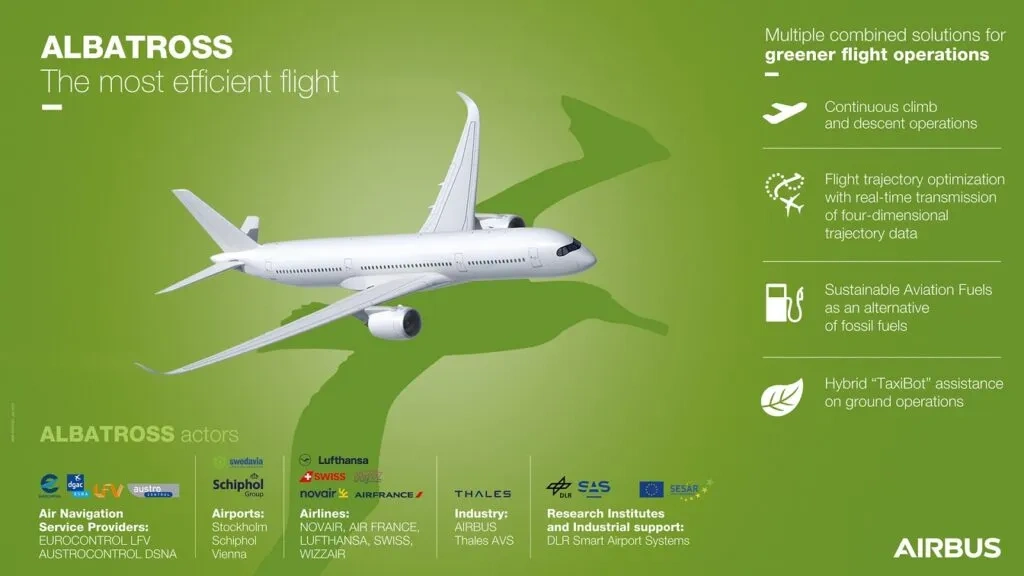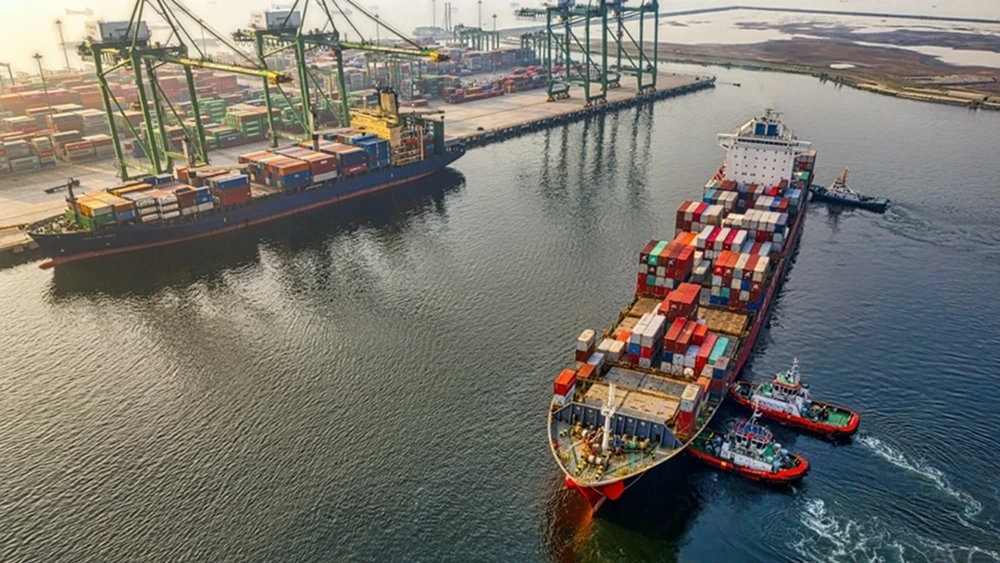- Earn money and travel for free
- Buy everything from anywhere
- Send your luggage quickly
Air travel has long been a cornerstone of global connectivity, enabling people and goods to traverse vast distances in record time. However, as environmental concerns grow, the aviation industry is under increasing pressure to adopt sustainable practices. In this article, we explore key trends and initiatives that are shaping the future of green air travel.
Air travel has long been a cornerstone of global connectivity, enabling people and goods to traverse vast distances in record time. However, as environmental concerns grow, the aviation industry is under increasing pressure to adopt sustainable practices. In this article, we explore key trends and initiatives that are shaping the future of green air travel.
The Future of Sustainable Air Travel
1. Advancements in Sustainable Fuels
One of the most promising developments in the quest for eco-friendly air travel is the rise of sustainable aviation fuels (SAF). Made from renewable resources such as algae, waste oils, and agricultural residues, SAF can reduce carbon emissions by up to 80% compared to traditional jet fuel. Airlines worldwide are investing heavily in SAF production to meet ambitious carbon reduction targets.
2. Energy-Efficient Aircraft Designs

Aircraft manufacturers are innovating to create more fuel-efficient designs. For instance, blended-wing body designs and lightweight composite materials are being used to reduce drag and improve fuel efficiency. Electric and hybrid-electric aircraft are also on the horizon, potentially revolutionizing short-haul flights.
3. Carbon Offsetting Programs
Many airlines now offer passengers the option to offset the carbon footprint of their flights. These programs fund environmental projects such as reforestation, renewable energy development, and conservation efforts. While not a permanent solution, carbon offsetting is a step towards mitigating the environmental impact of air travel.
4. Optimized Flight Operations
Improved air traffic management and optimized flight routes can significantly reduce fuel consumption. By adopting advanced navigation technologies, airlines can minimize delays, shorten flight times, and improve operational efficiency, all of which contribute to lower emissions.
5. Passenger Awareness and Responsibility
Travelers also play a vital role in supporting sustainable air travel. By choosing airlines with strong environmental commitments, packing efficiently to reduce weight, and participating in carbon offset programs, passengers can contribute to the industry’s green transformation.
Conclusion
The journey toward sustainable air travel is a collective effort involving airlines, manufacturers, governments, and passengers. By embracing innovative technologies and green practices, the aviation industry can continue to thrive while reducing its environmental impact. As these initiatives gain momentum, the dream of guilt-free flying may soon become a reality.


